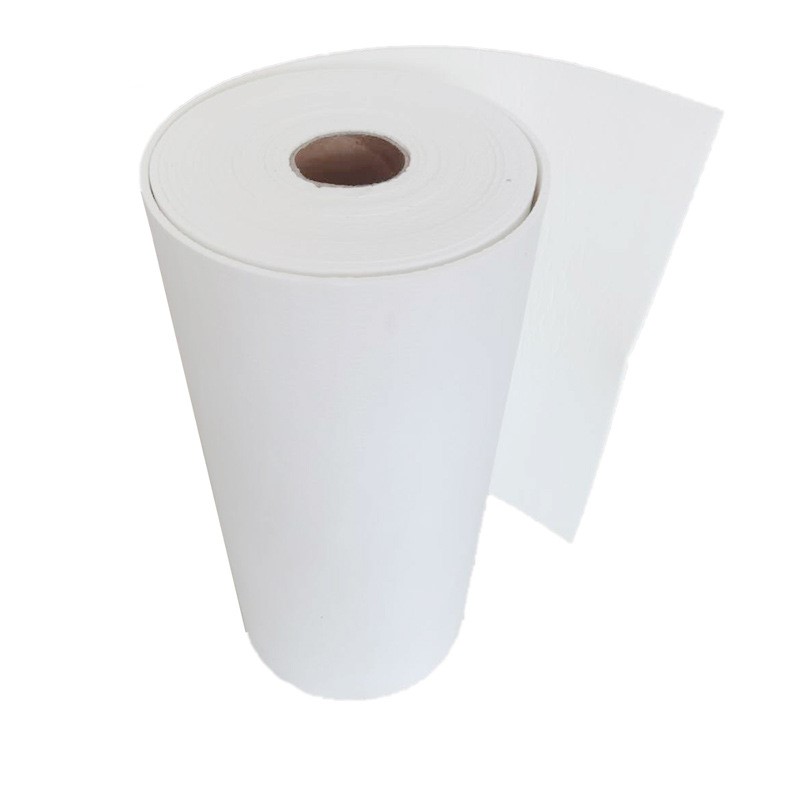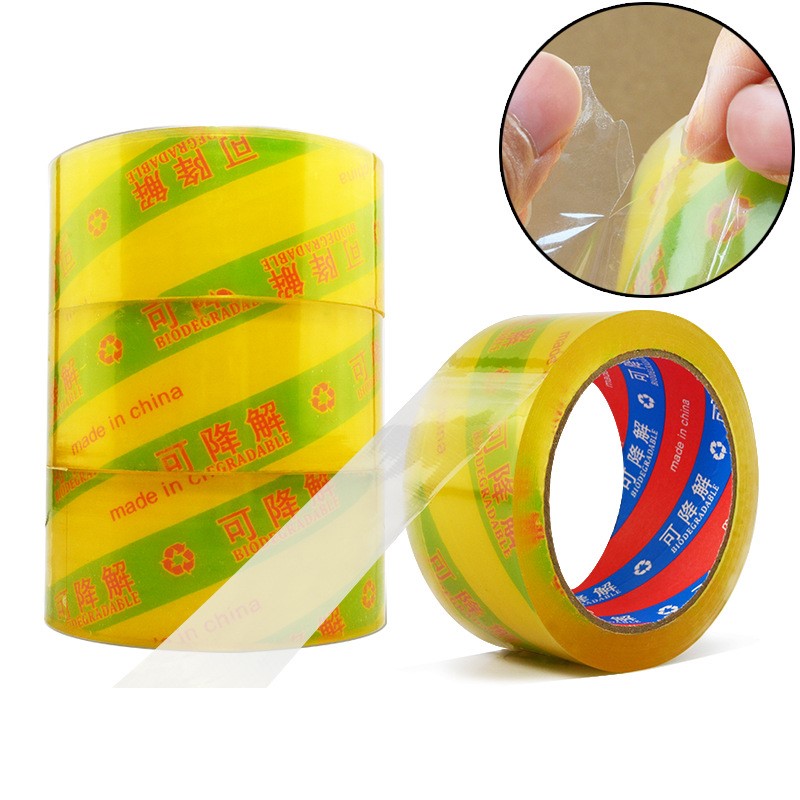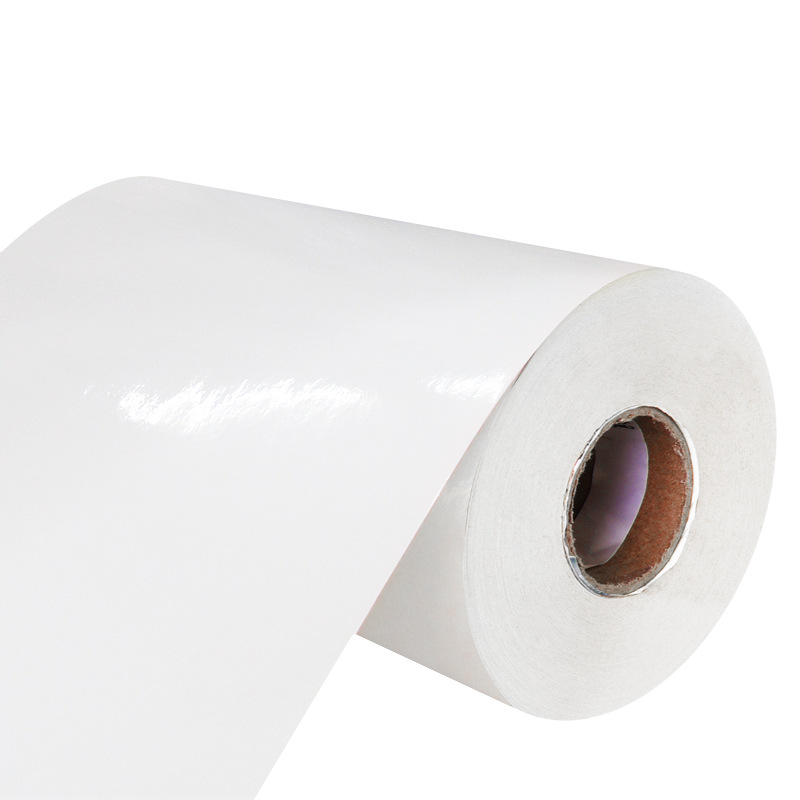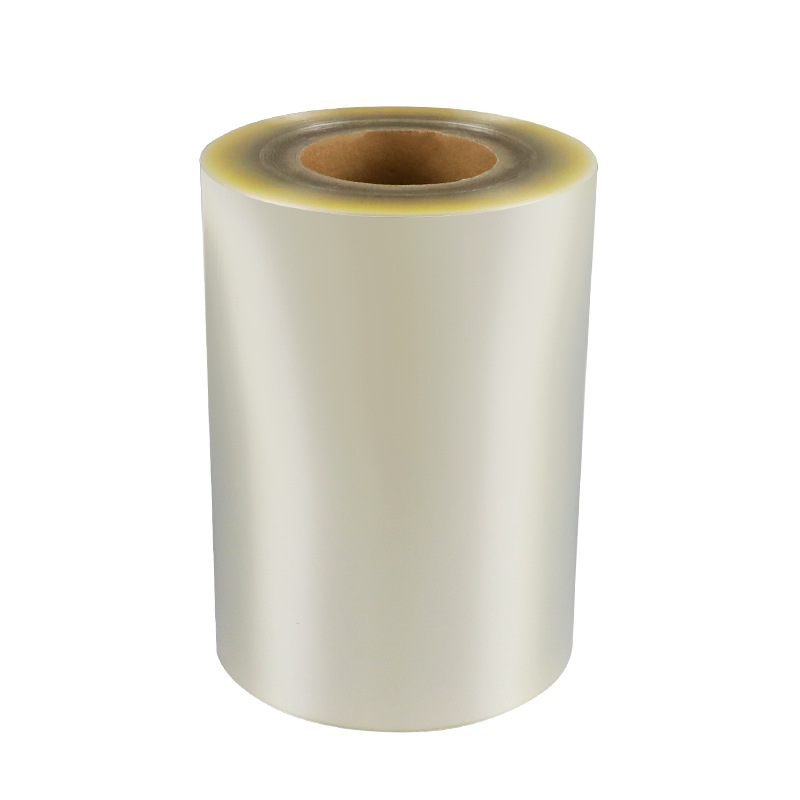Poor adhesive adhesion leads to label lifting
Some self-adhesive materials lose their stickiness quickly after leaving the factory for a period of time, and coupled with the fact that the finished self-adhesive labels may not be used by end users immediately after leaving the factory, the phenomenon of label warping may occur during labeling. The lifting of labels caused by this reason is usually manifested as problems with labels processed from new materials, while labels processed from old materials may have problems, or inventory labels may have problems, and there is a significant difference in the viscosity of the new and old label materials. The lifting of labels caused by this reason usually starts within a few hours after labeling, and the longer the time, the more severe it becomes. When encountering such problems, you can file a complaint and claim compensation with the raw material supplier, and request the replacement of qualified materials.
Composition and Application of Adhesive Material Manufacturing Process
The basic structure of self-adhesive label materials consists of three parts: surface material, adhesive, and base paper. However, from the perspective of manufacturing process and complete structure, self-adhesive materials are composed of seven parts:
1. Surface coating: Used to change the surface characteristics of surface materials, such as improving surface tension, changing color, adding protective layers, etc., to make them better accept ink and easier to print, achieving the purpose of anti fouling, increasing ink adhesion, and preventing printed images and text from falling off. Surface coating is mainly used for non absorbent materials, such as aluminum foil, aluminum coated paper, and various film materials
2. Surface material: refers to the material that receives printed graphics and text on the front and M adhesive on the back, and is ultimately applied to the object to be pasted. The type of surface material is determined by the final application and printing processing technology< br /> < br /> 3. Bottom coat: also known as adhesive coating, can make the adhesive and surface material bond more tightly. Primer also has the function of preventing chemical reagents from penetrating, otherwise chemical reagents may penetrate from the bottom three layers and dirty the surface of the label. In addition, colored primers can also be used as backgrounds for transparent surface materials< br /> < br /> 4. Adhesive: Adhesive ensures moderate adhesion between the base paper and the surface paper, and also ensures good adhesion with the adhesive after the surface paper is peeled off. There are many types of adhesives, and different formulas can be selected according to different surface materials, substrates, and usage scenarios. Adhesive has a direct impact on the performance of adhesive materials and is one of the main performance indicators for measuring adhesive printing materials < br /> 5. Silicon oil layer: It refers to coating a silicon oil layer on the surface of the base paper. Coating a silicon oil layer can make the base paper a very low surface tension and smooth surface. Its function is to prevent the adhesive from sticking to the base paper, ensuring that the label and the base paper are easily separated
6. Base paper: also known as release paper or peel off paper, the function of the base paper is to receive release agent coating, protect barcode labels from being contaminated before use, and provide support to ensure that the labels will not bend or curl during the label processing, such as die-cutting, waste disposal, and labeling on the labeling machine. Base paper can be divided into paper base paper and film base paper. According to different processing techniques, paper base paper can be divided into over level calendering base paper, machine processed calendering base paper, and surface coated base paper< br /> < br /> 7. Back coating or back printing: Back coating is a protective coating on the back of the base paper to prevent the adhesive around the label from sticking to the base paper after waste disposal or rewinding. Another function is to manufacture multi-layer labels. Back printing is to print the registered trademark or pattern of the manufacturer on the back of the base paper, playing a role in publicity and anti-counterfeiting
Issues to be aware of when choosing adhesive label materials
Due to the fact that the substrate of adhesive materials is the printing carrier and has their own physical and chemical properties, it is not complicated to choose the appropriate substrate for different end products. However, the selection of adhesives is not as easy as choosing surface materials.
The quality of self-adhesive label paper is related to multiple factors such as raw materials, printing technology, and processing methods. If the raw materials are not good, such as poor paper quality, the printing effect will also be greatly reduced. The printing process and processing method are directly related to the practical indicators such as water resistance, wear resistance, and durability of label paper.
Secondly, what are the most concerning issues for customers? The first and foremost concerns are the stickiness and shelf life of the label paper, which means whether it is easy to fall off or fade after use. Next is the printing effect, including clarity, color reproduction, and so on. In addition, the stickiness and ease of tearing of label paper are also issues of great concern to customers
We offer comprehensive technical support, including free professional labeling solutions, advice on label materials and adhesive selection, as well as online/offline assistance from professional software and hardware engineers. Service email: andy@ownlikes.cn. In pre-sales, we leverage our extensive experience in specialty labeling projects to provide clients with the most suitable hardware solutions. Additionally, all our label barcode printers and scanners come with a three-year free warranty, demonstrating our confidence in our products.






This site is protected by reCAPTCHA and the Google Privacy Policy and Terms of Service apply.